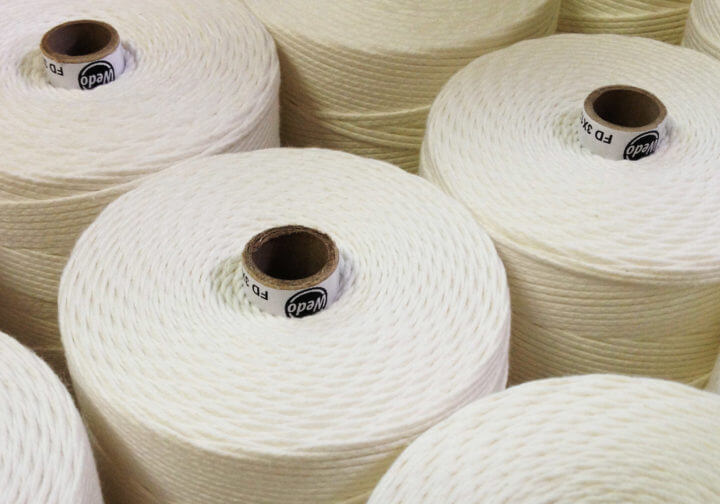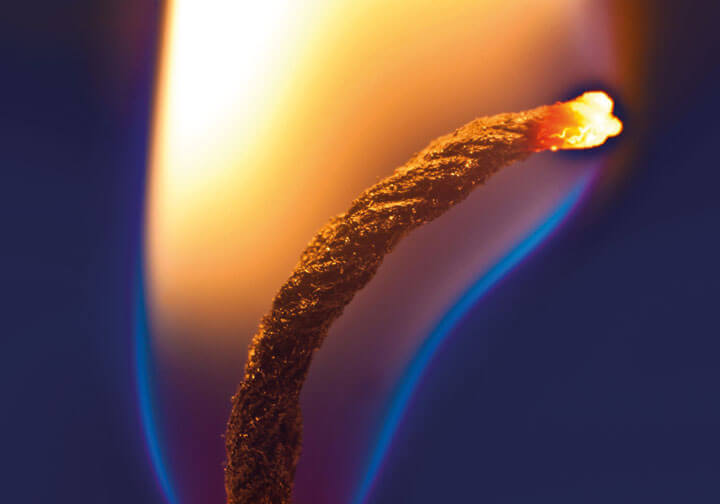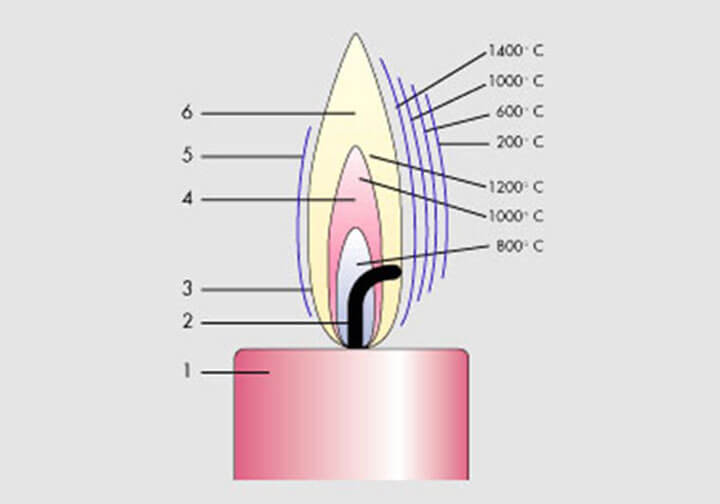
All about wicks
Let us forget our age of high technology for a second and have a purely scientific look at the mechanics of a candle flame. When we light the wick of a candle, the heat of the flame melts the wax.
For a long time, the majority of electric engines have been induction motors with distributed winding. Induction machines with distributed winding are used particularly frequently in automotive construction and especially in the field of electromobility.
A wide variety of Wedo technical braids are used here!
During the final processing of the so-called stators, the coil ends are bound with a braid. The partial windings of each phase are then isolated against their adjacent phases with foil or insulating paper. To ensure that the coil ends are exclusively located in the back of the stator, both coil ends must be forged. This is done either by means of a self-bonding wire that is subjected to a bonding current during the shaping process or by a cold-forging process and subsequent impregnation. The creation of a specific shape of coil end enables the subsequent installation of the rotor or insertion of the stator into a case.

Let us forget our age of high technology for a second and have a purely scientific look at the mechanics of a candle flame. When we light the wick of a candle, the heat of the flame melts the wax.

Ideal wick position: The wick protrudes from the candle in a straight line and bends towards the flame boundary, entering the “glow zone”, where it burns fully at the highest temperature under the influence of oxygen.

The flame of a candle is separated into different glowing and temperature areas, which are easily visible to the naked eye: (1) Candle (2) Wick (3) Blue zone: Usually outside of the luminous zone Hottest zone due to oxygen contact
Westdeutsche Dochtfabrik GmbH & Co. KG
Ravensstr. 46, 41334 Nettetal
Mailbox 25 46, 41312 Nettetal